When Swimming What Muscles Are Used
Swimming is often called a full-body workout, and for good reason. Unlike exercises that focus on a single area, swimming engages multiple muscle groups simultaneously while keeping stress off the joints. For adults taking lessons, understanding when swimming what muscles are used isn’t just trivia—it helps you appreciate how each stroke strengthens your body, improves endurance, and builds overall fitness.
The beauty of swimming is that whether you’re doing freestyle, backstroke, breaststroke, or butterfly, nearly every part of your body is in motion. From your shoulders to your calves, muscles are firing in harmony with each stroke. The pool becomes more than just water; it becomes your natural resistance trainer.
When Swimming What Muscles Are Used in Freestyle
Freestyle, often the first stroke adults learn, is deceptively simple yet highly effective in activating muscles. Your shoulders and arms do much of the pulling, with the deltoids, biceps, triceps, and latissimus dorsi working together. As your hand enters the water and pulls back, the back muscles generate the propulsion that carries you forward.
Meanwhile, the core—especially the obliques and abdominals—engages to stabilize the body. Without strong core control, freestyle can feel sloppy and unbalanced. Add in the constant flutter kick, and suddenly the quadriceps, hamstrings, and calves are firing nonstop. Freestyle is essentially a whole-body symphony of movement, with every stroke pushing your endurance higher.
When Swimming What Muscles Are Used in Backstroke
Backstroke may feel like a more relaxed stroke, but don’t be fooled. The muscles of the upper back, including the trapezius and rhomboids, are heavily involved in lifting the arms overhead and pulling through the water. The triceps extend during each recovery phase, giving your arms a sculpted workout.
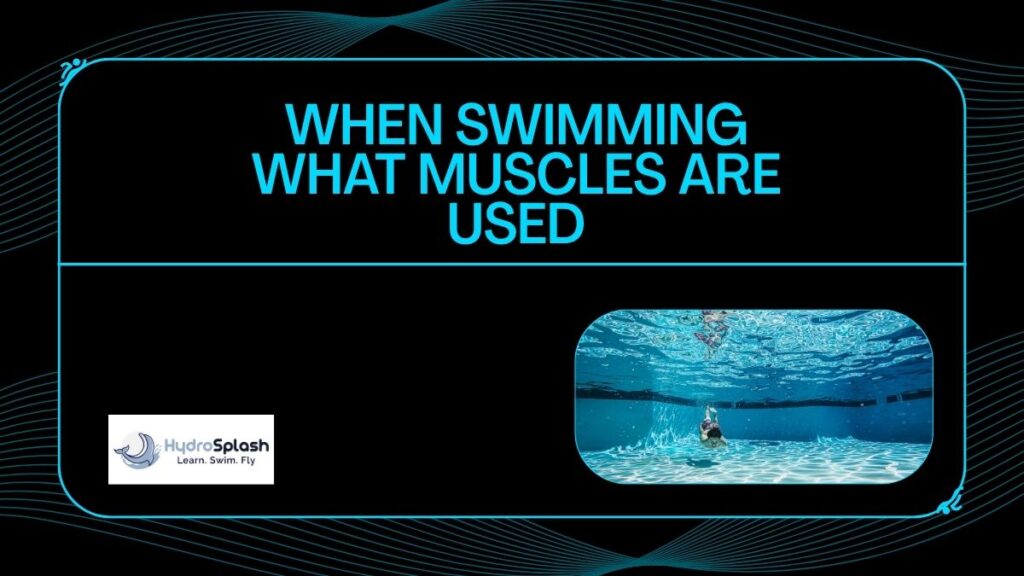
The core plays an essential role again, keeping your body flat and streamlined. Without it, you’d wiggle like a fish out of water. And let’s not forget the legs—backstroke kicks engage the hip flexors and calves, strengthening muscles that often get overlooked in land-based workouts. For adults who spend long hours at desks, backstroke can even help correct poor posture by strengthening neglected back muscles.
When Swimming What Muscles Are Used in Breaststroke
Breaststroke is a favorite among many adults because of its steady rhythm and ease of breathing. But don’t underestimate its muscle demand. The chest muscles (pectorals) and inner thighs (adductors) are stars of the show here. Each arm pull is powered by the chest and shoulders, while the frog-like leg kick demands strength from the inner thighs, glutes, and hamstrings.
This stroke is also a champion for the lower back and hips. The outward whip of the legs forces the hips and glutes to work in unison, making breaststroke an excellent exercise for stability and power. The controlled glide phase in breaststroke might look calm, but beneath the surface, muscles are coordinating to hold a streamlined position.
When Swimming What Muscles Are Used in Butterfly
If freestyle is the crowd favorite, butterfly is the showstopper. It’s demanding, powerful, and requires serious coordination. The lats, deltoids, pectorals, and triceps dominate the arm movements, while the abdominals and hip flexors drive the dolphin-like motion of the body.
Butterfly is sometimes described as “swimming’s equivalent of weightlifting.” Each simultaneous arm sweep and kick engages the upper and lower body to the max. Your quads, hamstrings, and calves ignite as your legs snap together in powerful thrusts. Meanwhile, the core muscles work overtime to keep the undulating motion smooth.
For adults, butterfly may feel like the Everest of swimming, but once mastered, it transforms into an exhilarating, calorie-burning powerhouse of a stroke.
The Core: The Unsung Hero in Swimming
While arms and legs often steal the spotlight, the core is the quiet hero in every stroke. Strong abdominal and lower back muscles keep the body aligned, reduce drag, and maintain efficiency. Think of your core as the anchor that holds everything together in water. Without it, your arms and legs would work harder but achieve less.
This is why adult swimming lessons emphasize body positioning alongside stroke technique. Once you learn to engage your core naturally, every movement in the pool becomes smoother and more effective.
How Swimming Builds Strength and Endurance
When swimming what muscles are used, the answer isn’t limited to isolated groups—it’s the combination that matters. Swimming works your cardiovascular system just as much as your muscles, making it a hybrid of strength and endurance training.
Research from HealthHub Singapore confirms that swimming improves lung capacity, cardiovascular health, and muscle endurance, especially for adults balancing busy lifestyles (source). Another global study showed that consistent swimming reduces body fat percentage while enhancing overall muscular strength. The takeaway? Swimming doesn’t just tone muscles—it transforms your entire fitness profile.
Why Adults Benefit Most from Muscle Engagement in Swimming
Unlike gym workouts that isolate specific areas, swimming delivers balanced conditioning. Adults often experience stiffness or muscle imbalance due to desk jobs and sedentary habits. Adult swimming lessons correct these imbalances by activating underused muscles and improving flexibility.
For example, the rotational movements in freestyle and backstroke stretch the spine and strengthen the obliques. Breaststroke builds inner thigh strength rarely targeted in everyday activities. Butterfly, though demanding, conditions both upper and lower body with unmatched intensity.
The result? A more symmetrical, balanced physique and improved mobility that carries into daily life. Even simple activities—like carrying groceries, climbing stairs, or playing with kids—become easier when your muscles are conditioned through swimming.
When Swimming What Muscles Are Used for Weight Loss and Toning
If your goal is weight management, adult swimming lessons can be a game-changer. Because swimming recruits large muscle groups simultaneously, it burns calories efficiently while toning the body. Your shoulders, arms, back, core, and legs all sculpt together, creating a leaner appearance.
Unlike running or high-impact workouts like basketball, swimming achieves this without punishing the joints. For adults with knee or back concerns, swimming provides a safe yet effective way to build strength and shed extra weight. The added resistance of water ensures your muscles work harder than they would on land, all while you feel lighter and more buoyant.
A Real-Life Perspective on Muscle Gains in Swimming
Many adults report noticeable changes in their bodies after a few months of consistent swimming. Arms become more defined, posture improves, and stamina increases dramatically. One adult learner shared that after joining adult swimming lessons, her chronic lower back pain eased as her core strengthened. Another noted improved shoulder stability, which helped reduce office-related discomfort.
These transformations highlight the unique blend of muscle engagement swimming offers—functional strength paired with aesthetic benefits.
Connecting Muscle Engagement to Swimming Lessons
Understanding when swimming what muscles are used helps learners set realistic expectations. Knowing which muscles are at play can also guide warm-ups, stretches, and recovery practices. Adult swimming lessons often include targeted drills designed to strengthen weaker areas, ensuring progress is well-rounded.
For example, kicking drills build leg endurance, while pull sets develop upper body power. Core-focused exercises help stabilize body alignment. All these elements reinforce the muscle engagement that makes swimming such a complete workout.
If you’d like to explore structured programs, you may find insights in School Holiday Swimming Lessons, which highlight how swimming programs benefit learners of all ages.
Conclusion: When Swimming What Muscles Are Used Is Everything
The next time you slip into the pool, remember that swimming isn’t just about moving from one end to the other. It’s about activating your entire body—arms, legs, core, and back—working in unison. When swimming what muscles are used, the answer is simple: nearly all of them. That’s why swimming is one of the most efficient, rewarding, and enjoyable ways to build strength, endurance, and confidence.
If you’re ready to experience these benefits firsthand, it’s time to start your journey. Visit HydroSplash Swimming Academy to learn more about adult swimming lessons and discover how you can strengthen your body while mastering the art of swimming.
Click on the link to find out more about HydroSplash Swimming. Chat with our representatives today!
About HydroSplash Swimming
Adult Swimming Lesson
Private Swimming Lesson
Kids Swimming Lesson
Whatsapp Us

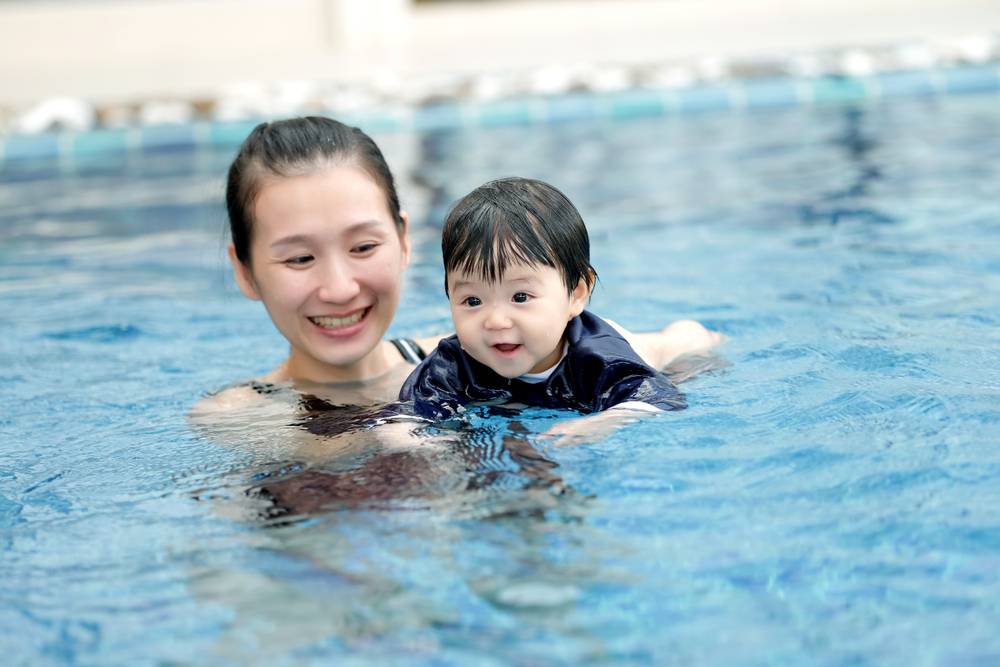
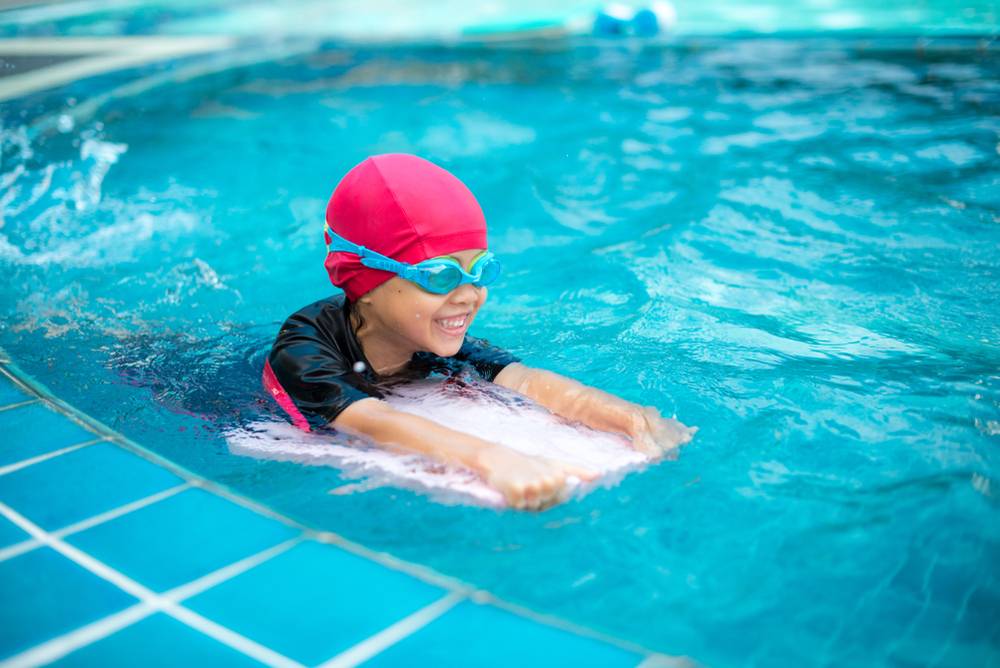

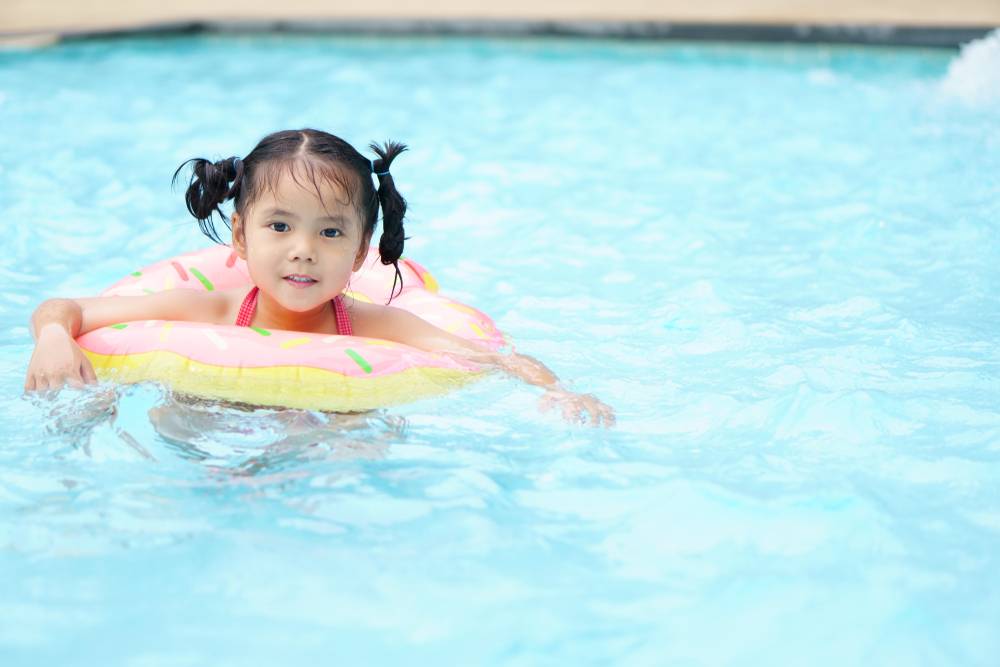
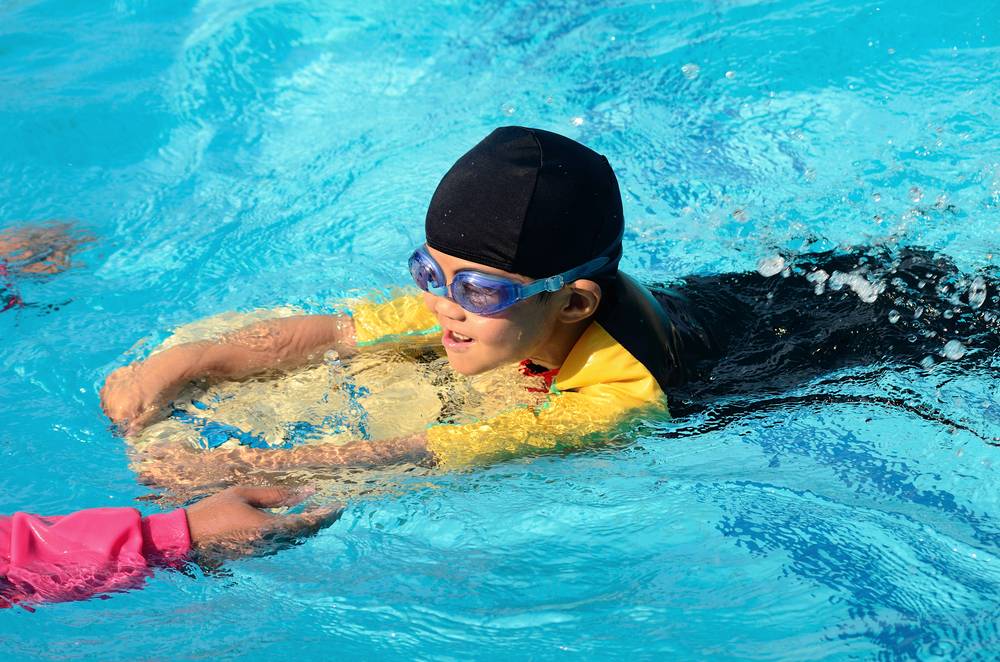
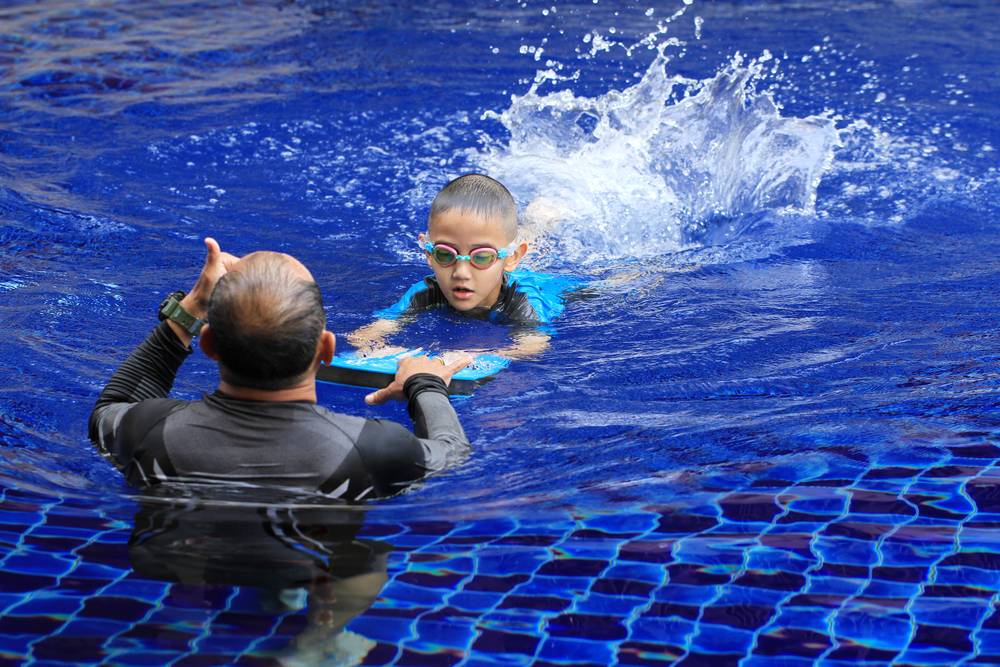
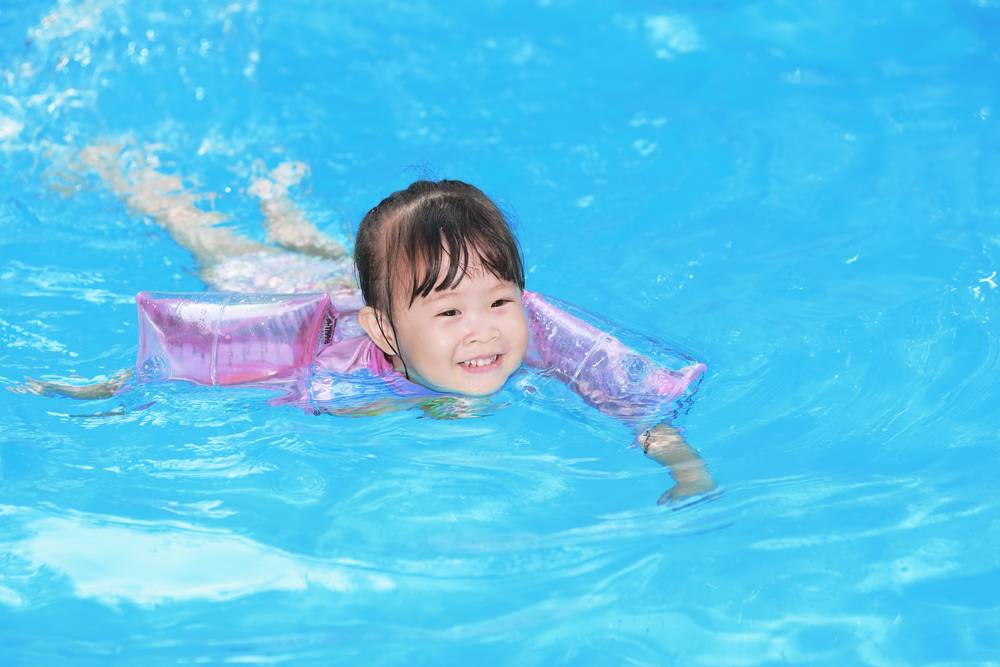
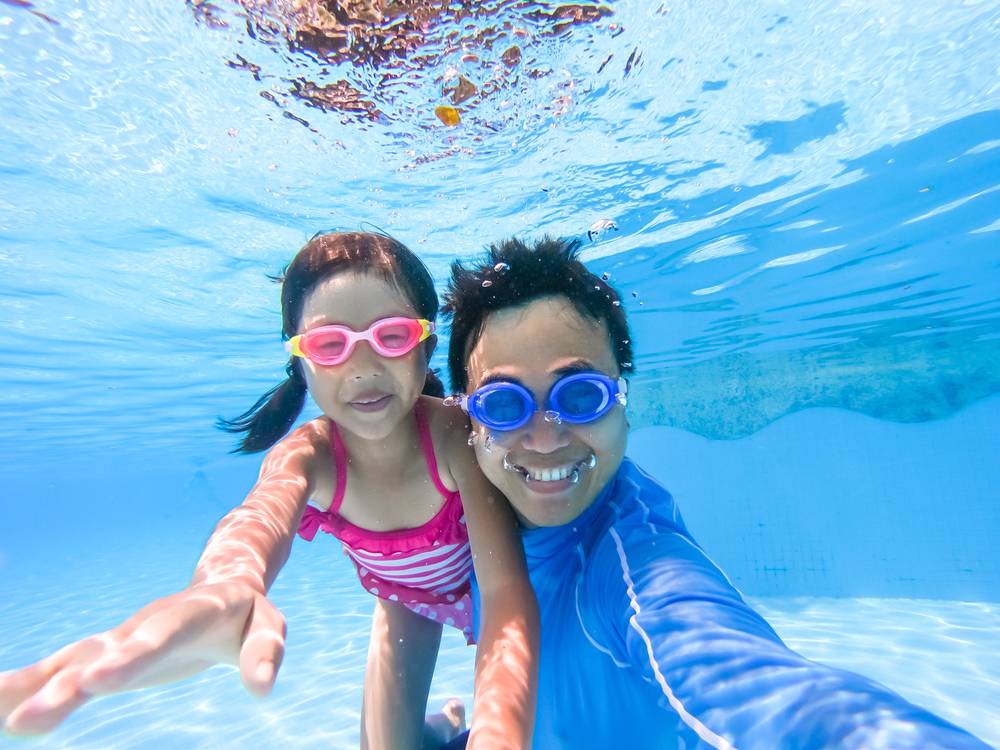
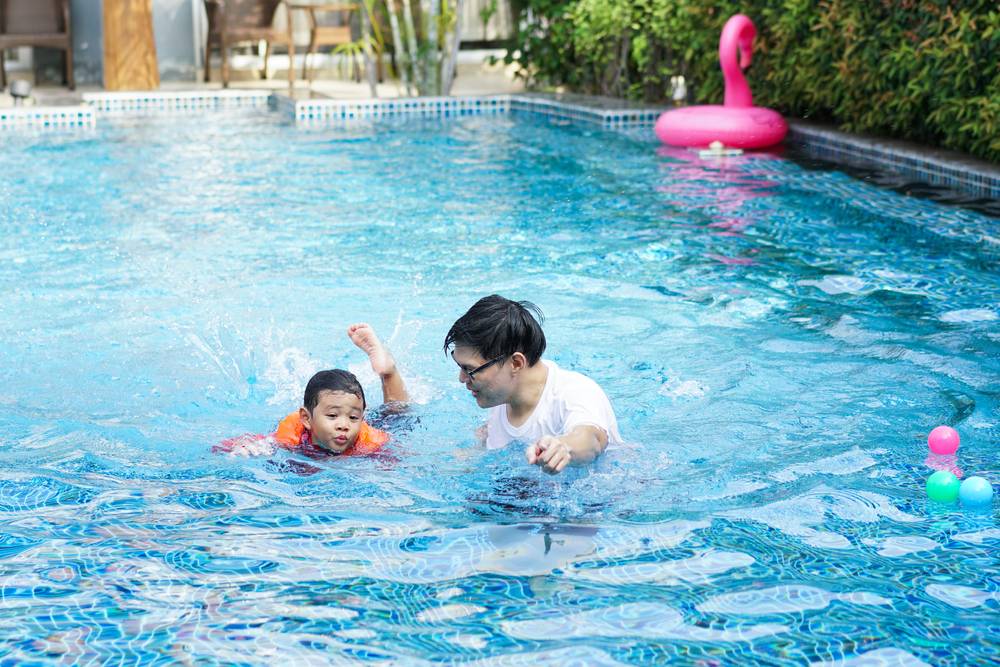
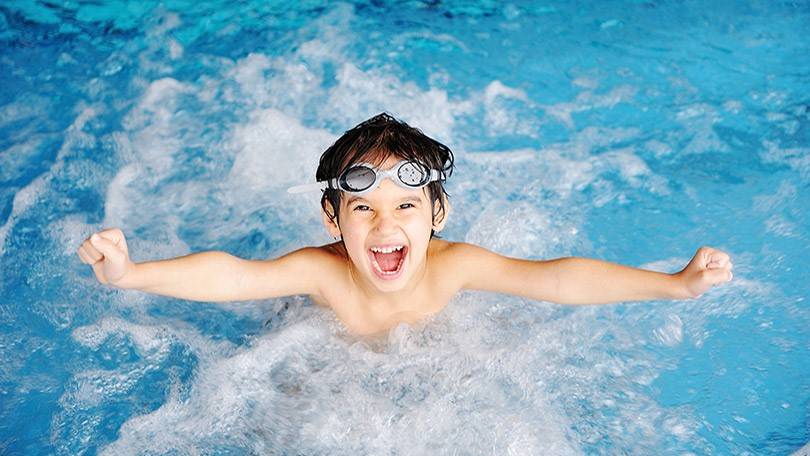
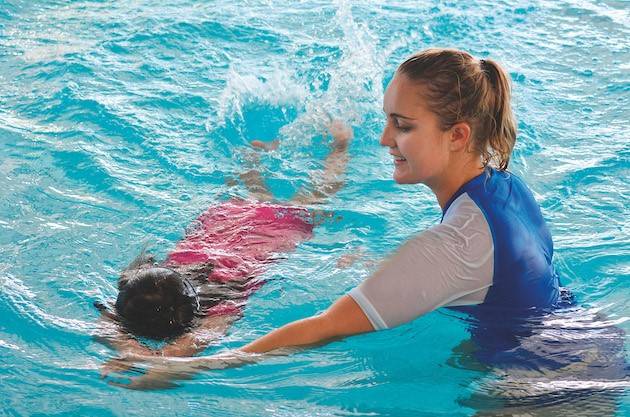
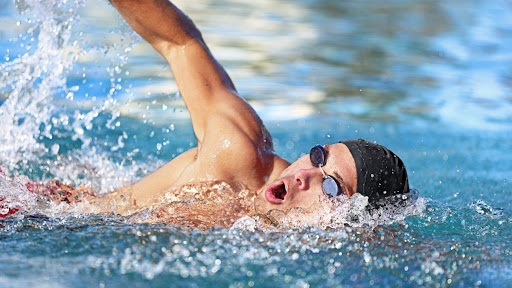
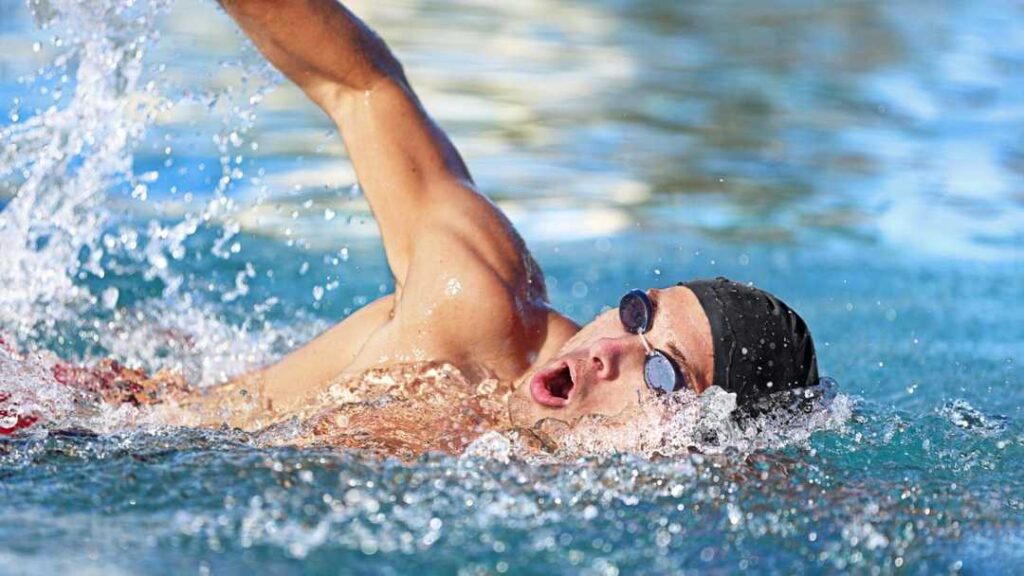

Pingback: Freestyle Swimming Benefits For Fitness And Health